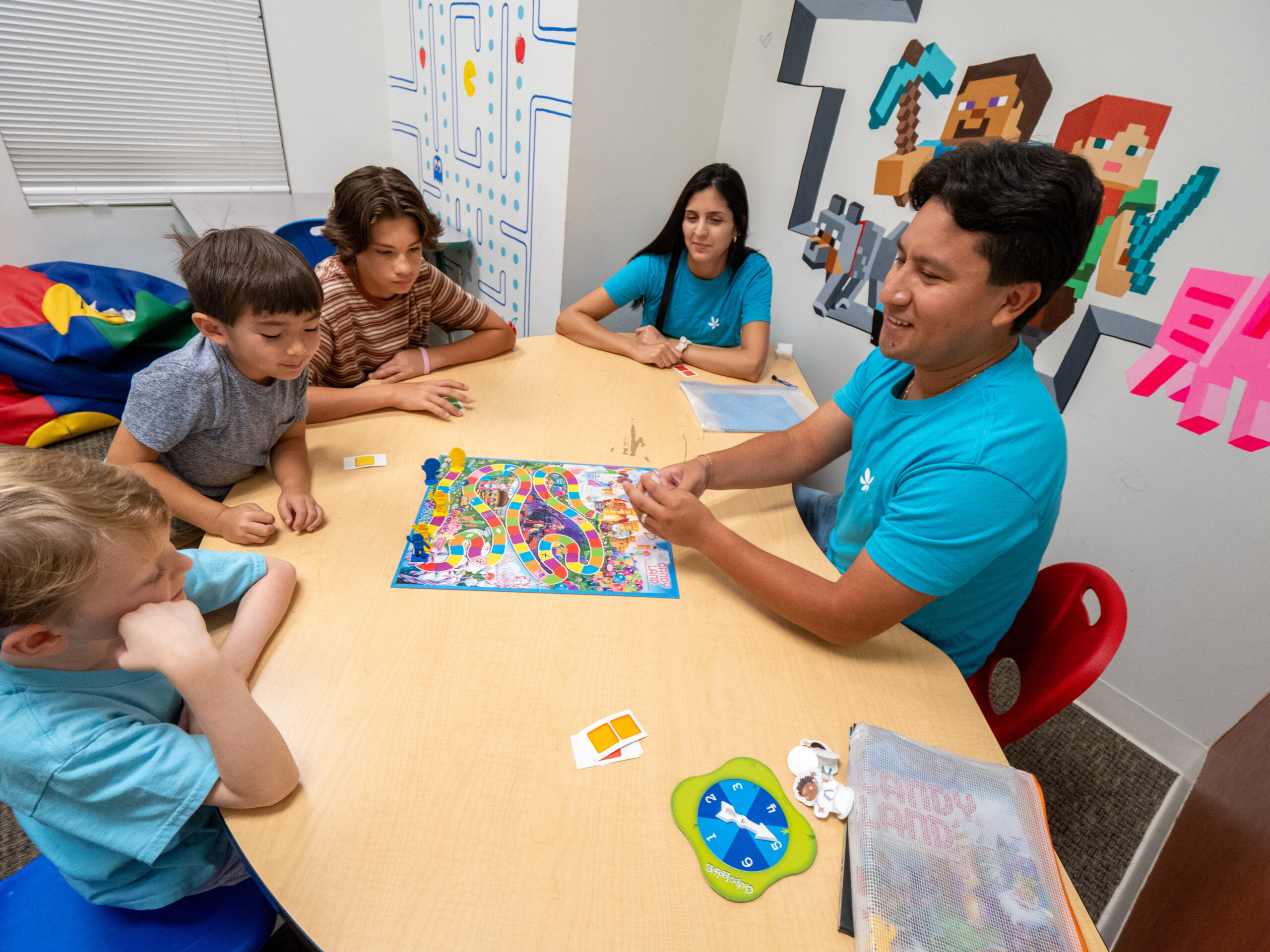When pursuing a career in autism therapy, it’s essential to understand the qualifications and roles of professionals in the field.
Two key titles you will encounter are known as board certified behavior analysts (BCBAs) and board certified assistant behavior analysts (BCaBAs). Though they sound similar, they have distinct differences.
The main difference between the BCaBA vs BCBA titles is the level of education and supervision required for each. Let’s explore more about each role.
BCaBA vs BCBA Requirements: What Level of Education Do I Need?
The titles “BCaBA” and “BCBA” are the two main certifications in the field of applied behavior analysis (ABA) therapy. That may sound like a lot of alphabet soup, but let’s break it down:
- A BCaBA requires a bachelor’s degree, while a BCBA requires both a bachelor’s and master’s degree.
The roles also require a different level of supervision.
- A BCaBA can’t practice without supervision from a BCBA or BCBA-D (doctoral-level BCBA). A BCBA can practice independently and supervise others.
What Does the Coursework Include?
There is a difference between BCBA and BCaBA coursework required. To become a BCBA, coursework covers ABA therapy for autism, ethics, measurement, experimental design, and behavior assessment. Additionally, candidates must complete supervised fieldwork and pass the BCBA exam.
For BCaBA certification, a minimum of a bachelor’s degree in behavior analysis, education, or a related field is required. Like the BCBA, candidates need coursework in ABA, ethics, measurement, experimental design, and behavior assessment. They also need to complete supervised fieldwork and pass the BCaBA exam.
Both certifications require continuing education to stay up to date with the latest advancements in the field.
BCBA vs BCaBA: What Do They Do?
BCaBAs and BCBAs both work with people who have developmental disabilities, such as autism, to help them change their behavior and lead more fulfilling lives.
These professionals use scientific approaches such as ABA therapy. They work in a variety of settings, including schools, homes, learning centers, and the community.
BCaBAs and BCBAs conduct assessments, develop individualized treatment plans, and work with families who have kids on the autism spectrum.
How Much Autonomy Does a BCBA vs BCaBA Have?
Supervision requirements and levels of autonomy differ between BCaBAs and BCBAs. BCBA candidates need a minimum of 1,500 hours of supervised experience, including at least 75 hours of face-to-face supervision from a qualified BCBA. BCaBA candidates require 1,000 hours of supervised experience, with at least 50 hours of face-to-face supervision.
One difference between a BCaBA and BCBA is that BCBAs generally have more autonomy, conducting assessments, developing behavior plans, and directly supervising others. BCaBAs, while crucial in treatment, work under a BCBA’s guidance, using behavior plans and collecting data. Together, they use evidence-based interventions tailored to each person’s needs.
What Kinds of Career Opportunities Are Available for a BCBA vs BCaBA?
Career prospects for BCBAs and BCaBAs are promising, driven by the growing demand for autism therapies. BCBAs can work in schools, clinics, and private practices, often holding supervisory roles and conducting assessments.
Both roles offer advancement opportunities. BCBAs can pursue advanced certifications like BCBA-D, leading to higher-level positions and research opportunities. BCaBAs can gain experience, pursue higher education, and take on more responsibilities, such as supervising other BCaBAs.
Specializations within behavior analysis — such as early intervention or verbal behavior — allow professionals to focus their expertise and advance their careers. Staying informed and pursuing ongoing professional development can lead to successful and fulfilling careers in autism therapies.
BCaBA Salary vs BCBA Salary: What’s the Difference?
Across the country, BCBA salaries typically range from $55,000 to $85,000 per year, influenced by experience, location, and work setting. BCaBAs earn between $35,000 and $55,000 per year, with similar influencing factors.
Geographic location, level of experience, specialization, and work setting all affect BCBA vs BCaBA salary levels. BCBAs and BCaBAs working in educational institutions or private clinics may earn higher salaries compared to those in nonprofit organizations.
While BCaBAs earn lower salaries, they play a crucial role in providing behavior analysis services under BCBA supervision. Ultimately, career goals, desired responsibility level, and commitment to professional development should guide the choice between these positions.
BCBA or BCaBA: How Do You Choose the Right Career Path?
If you’re seeking a career in autism therapy, both roles are crucial positions. You can start at one level and work your way up through education and experience. It’s common for people to earn an assistant certification before working toward becoming a BCBA.
Many BCBAs first earn a bachelor’s degree in psychology, education, or ABA, then pursue a master’s degree in ABA or a related field. The job growth rate for BCBAs is projected to be 8 percent from 2020 to 2030, which is faster than average for psychologists.
To learn more about BCBA or BCaBA job opportunities available at LEARN, visit our careers page.
















